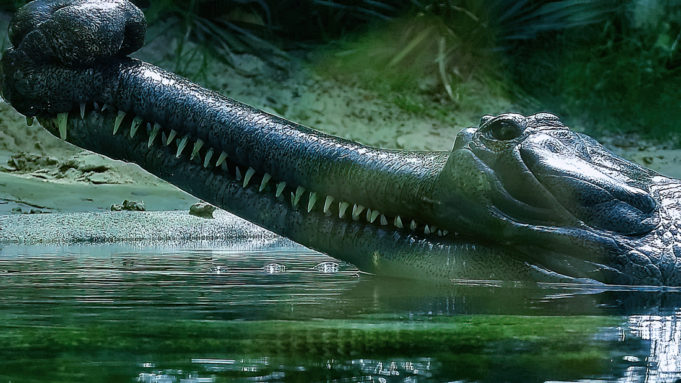If you’ve ever wondered if wild animals have personalities, be assured that they do. Having spent many hours observing and photographing them, here are just a few of my favorites from the Fort Worth Zoo. I’m giving them superlatives for everything from their dazzling smiles to their quirky personalities. The conservation statuses are provided by the International Union for Conservation of Nature (IUCN).
Best Smile — Gharials
With more than 100 interlocking razor-sharp teeth set in a long, thin snout, gharials are the obvious winner in this category. Despite their fearsome appearance, they’re not considered a threat to humans. Their diet consists mainly of small fish. As the largest of all crocodilians, male gharials have a bulbous snout that allows them to vocalize and blow bubbles in the water, just a couple of ways they can attract female gharials. They can measure from 12 to 15 feet in length and weigh as much as 2,000 pounds.
The Fort Worth Zoo recently made conservation history with repeated gharial breeding successes.
Two new hatchlings this summer gave the zoo two distinctions. It’s the only institution in North America to have produced multiple offspring gharials, as well as the only one to have repeated the process.
In the wild: Gharials are native to Nepal and Northern India.
Conservation status: critically endangered.
Most Photogenic — Mandrill
JJ the Mandrill is a colorful character in many ways. In true mandrill style, JJ has sparkling amber eyes and a vibrant face of red, pale blue, and yellow hues. Framing his colorful face is a pouf of olive-brown fur and a “mohawk” hairstyle.
JJ earns the title of Most Photogenic for his model-esque poses and unexpected moves like flinging lettuce and bearing a smile that shows his 3-inch canines. Mandrills “smile” or grimace as a greeting. Their colorful hues are not just for show, either. In the wild, they indicate the rank and dominance of male mandrill troop members (the bigger and brighter, the better). Mandrills’ colors also allow the lead male to be easily seen through the dense foliage of the rainforest as others follow behind.
In the wild: Mandrills are found only in the rainforests of equatorial Africa.
Conservation status: vulnerable.
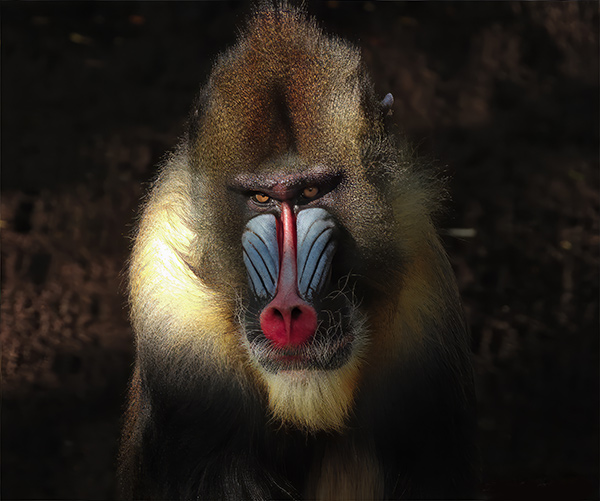
Goth Goddess — Black Leopard
Carolina Reaper, an African black leopard, has sleek midnight-black fur and piercing golden eyes that give her an air of mystery, danger, and grace. For that reason, this stunning big cat is our Goth Goddess. Her namesake comes from the world’s spiciest pepper and was given to her because of her “spicy” personality.
Black leopards get their appearance from melanistic coats and are quite rare. Only about 11% of leopards have this trait. Depending on the markings, traditional leopard colorations can either be visible in sunlight or appear subtly alongside the black fur.
In the wild: Leopards are found in parts of Africa, Central Asia, India, and China.
Conservation status: vulnerable.
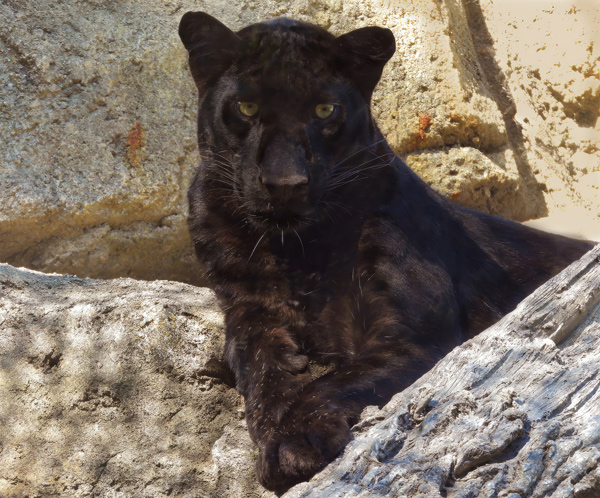
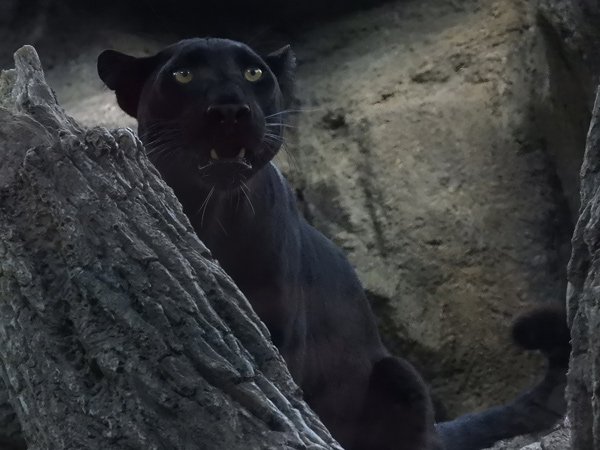
Most Grounded — Southern Black Rhino
Crockett the rhino is the epitome of being down-to-earth. With his massive size and sturdy build, Crockett moves with deliberate and purposeful strides, making him an easy pick for this category. Southern black rhinos’ significant weight (some tip the scales at 3,000 pounds) and muscular bodies make them one of the heaviest and most stable land animals. They’re also known for staying connected to the earth by wallowing in mud, a favorite pastime of Crockett’s as well. The World Wildlife Fund describes all rhinos as “living fossils” because they represent one of the Earth’s oldest groups of mammals.
Southern black rhinos are smaller than their African counterparts, white rhinos. The black ones are also distinguished by a hooked upper lip, while the whites have a square upper lip.
In the wild: Southern black rhinos are found in Namibia, Coastal East Africa, and KAZA.
Conservation status: critically endangered.
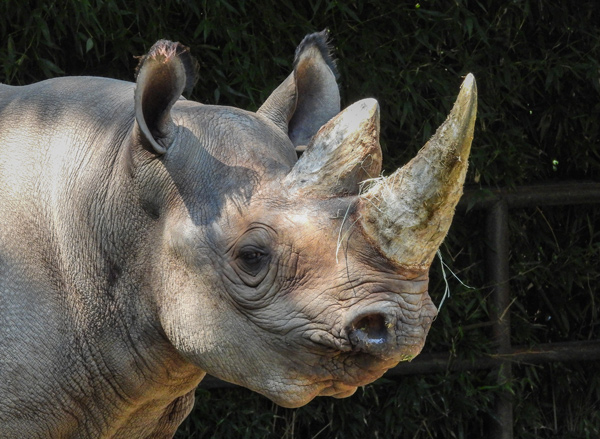
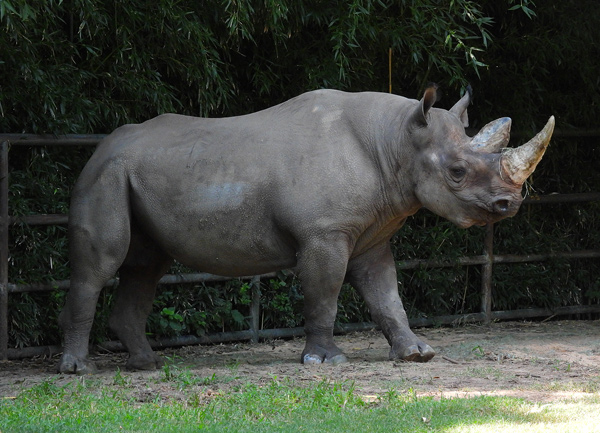
Most Misunderstood — Hyena
Striped hyenas like Farrah have a strange allure and an undeniable presence. This species has artistic black stripes slashed across tawny-colored fur, and their necks and backs are topped with a full, bushy mane. Among the four species of hyenas, they are the smallest, shyest, and most solitary. Advocates say that overall, hyenas are one of the most misunderstood animals, primarily because they are often viewed as mere scavengers. In reality, they provide an important role in the ecosystem by cleaning up the scraps and bones of prey left behind by larger predators, something that helps prevent the spread of disease.
In the wild: Hyenas are found in Africa, India, and Turkey.
Conservation status: near threatened.
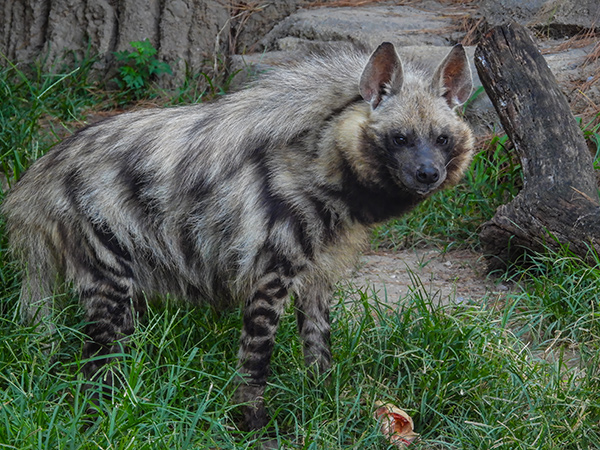
Best Dressed — Scarlett MacCaw
The scarlet macaw wins the title of Best Dressed with ease. Feathers in dramatic reds, blues, and yellows make these birds stand out beautifully. Their vibrant plumage dazzles and serves as a vital tool for communication and attracting mates in the wild. Once macaws choose a mate, they are likely to stay together until one of them dies.
In the wild: Scarlet macaws are native to Southern Mexico, Peru, Bolivia, Eastern Brazil, and the island of Trinidad.
Conservation status: least concern, meaning that their populations are not presently at risk.
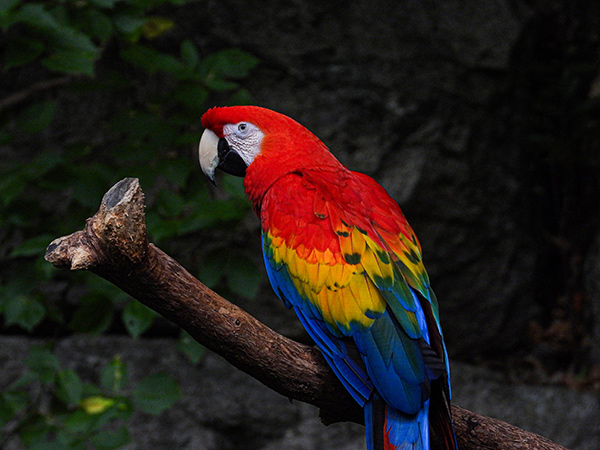
They’re cute, they’re cuddly, they’re Weekly staffers’ furry loved ones. See them — and one new, scaly pal — in our Best Family Members photo essay.



